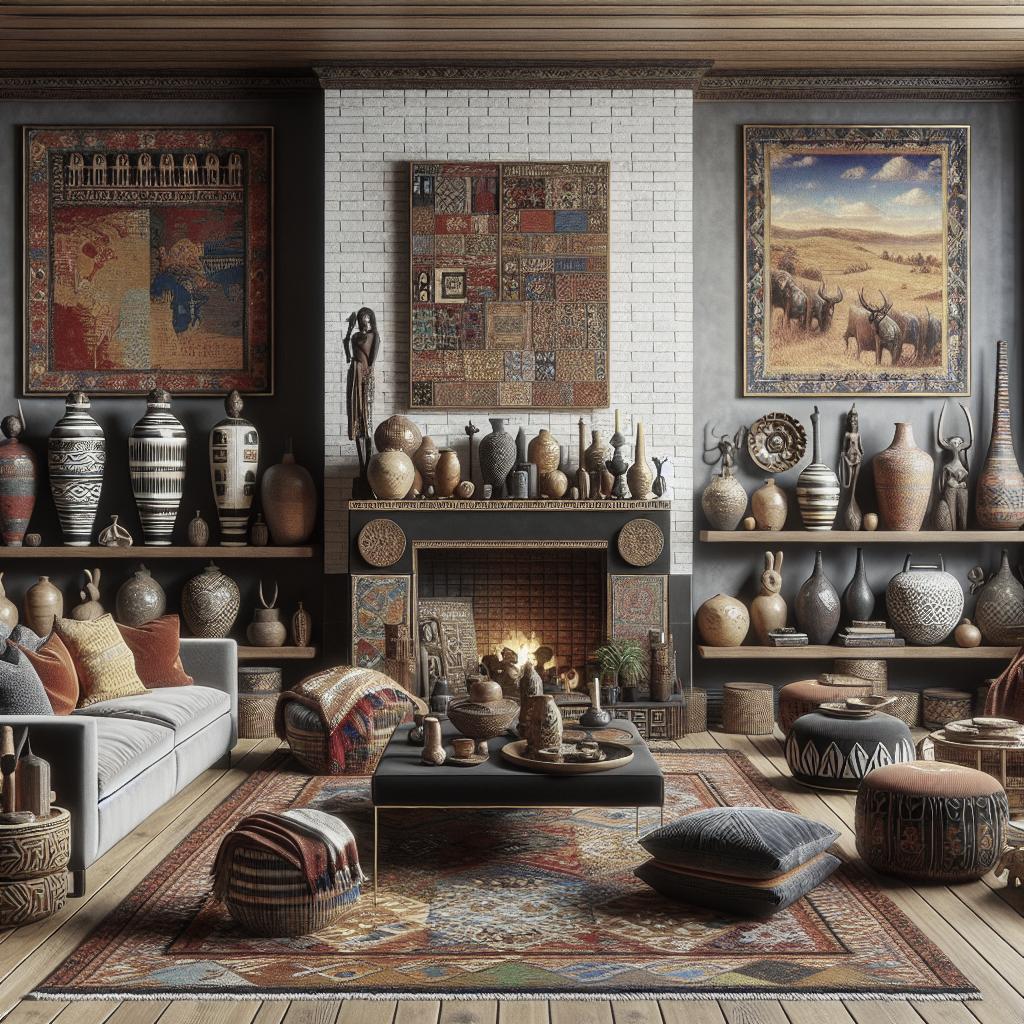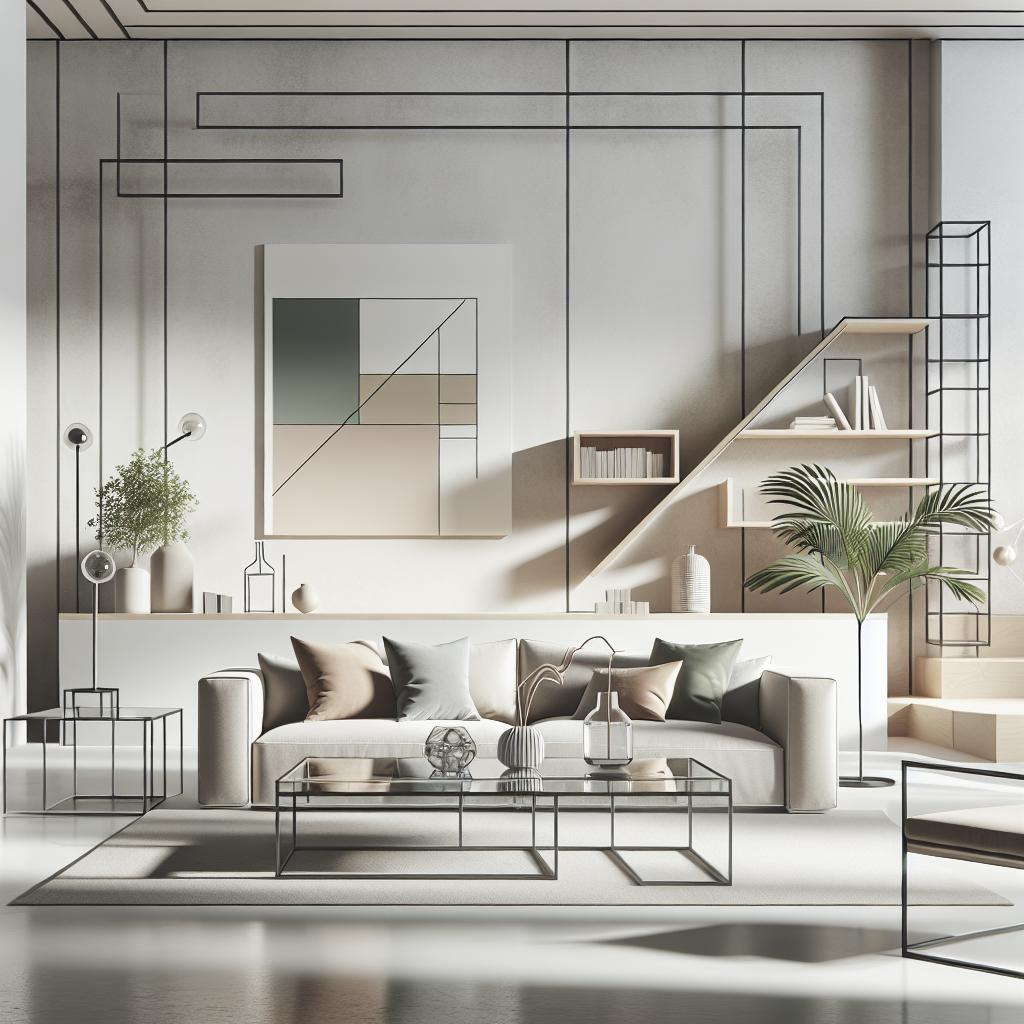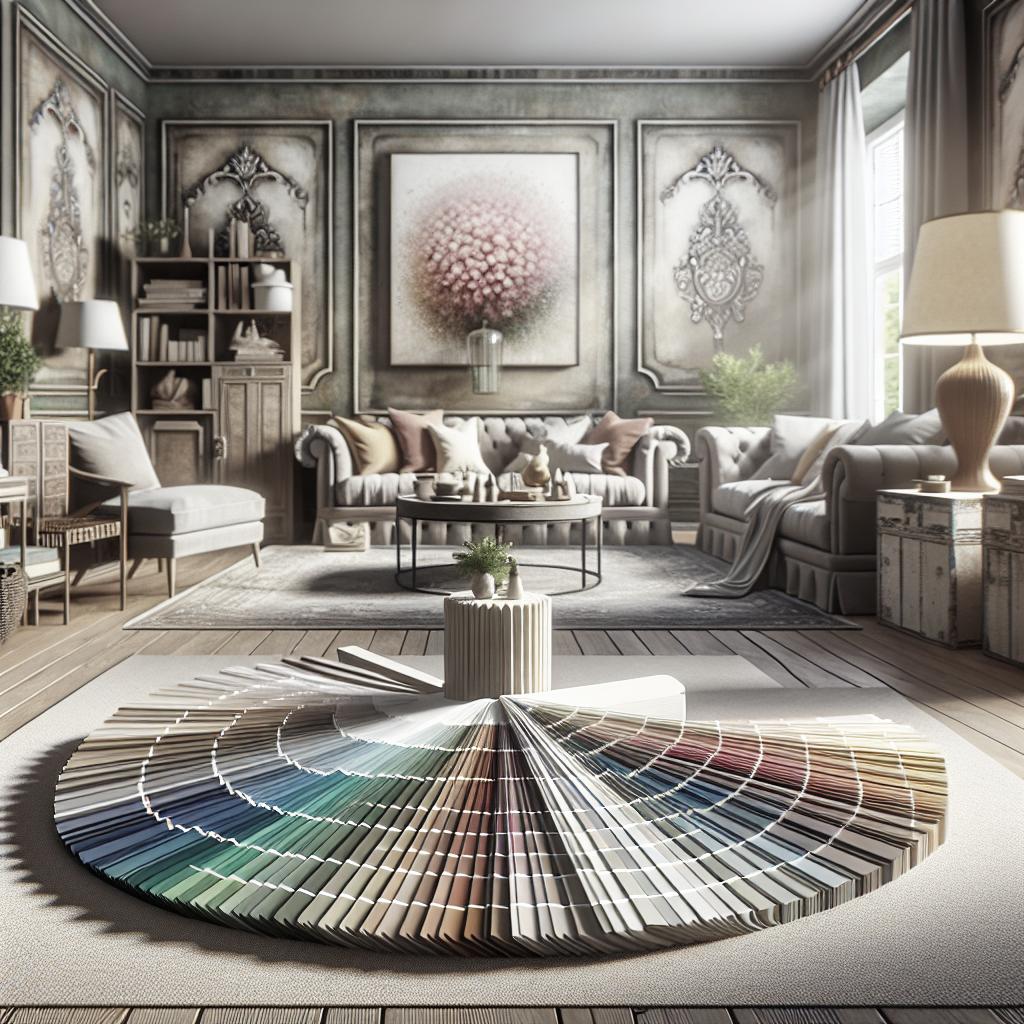Introduction In an increasingly interconnected world, the integration of cultural elements into interior design has become a burgeoning trend, reflecting a deep appreciation for diverse traditions and aesthetics. This blog post explores how global movements are reshaping modern interiors, infusing rich cultural influences into our living spaces. We delve into the materials and textures that form a cultural palette and examine how color schemes reflect geographical landscapes. Through examples of successful cultural integration and insights into the enduring impact of cultural heritage, this guide offers an inspiring viewpoint on blending tradition with contemporary design. Whether you are a homeowner seeking to add authenticity to your décor or a designer looking for innovative ideas, this article provides practical strategies and creative insights into enriching interiors with cultural influences. ### Global Trends Influencing Modern Interiors The infusion of global trends marks a significant shift in how spaces are designed today. The concept of “glocalization” marries local customs with global inspirations, creating dynamic interiors that reflect a world influenced by a fusion of cultures. This trend is evident in the surge of cross-cultural motifs that lend both elegance and authenticity to modern-day homes. From Japanese minimalist principles to the intricate patterns of Moroccan tiles, today’s interiors are a tapestry of global influences. Moreover, the rise of digital connectivity has expanded accessibility to diverse cultural aesthetics, encouraging designers and homeowners to experiment with unconventional styles. Online platforms and social media provide inspiration from every corner of the globe, pushing the boundaries of traditional design. This access not only broadens horizons but encourages a dialogue between different cultures, shaping interiors that celebrate diversity. ### Materials and Textures: A Cultural Palette Materials and textures play a pivotal role in imparting cultural character to spaces. Incorporating elements like bamboo for an Asian-inspired theme or terracotta tiles reminiscent of Mediterranean architecture can evoke a strong sense of place. The tactile experience of these materials connects occupants to traditions, creating a visceral link between the interior space and its cultural roots. Textures further amplify cultural narratives within a space. Rough-hewn wooden beams, hand-woven textiles, and artisanal pottery contribute layers of depth and intrigue. Such textures speak to craftsmanship honed over generations, bridging the gap between ancient practices and modern sensibilities. The strategic use of culturally significant materials and textures not only enriches aesthetic appeal but also supports sustainable practices by promoting the use of indigenous resources. ### Color Schemes Inspired by Cultural Landscapes Color is a powerful medium that transcends cultural boundaries, yet remains deeply rooted in geographical contexts. Designing an interior with color schemes inspired by cultural landscapes transforms the ambiance of a space. For example, the bold and vibrant hues of Mexican design evoke an energetic atmosphere, while the earthy tones of Scandinavian interiors suggest tranquility and simplicity. Cultural color palettes carry symbolic meanings that reflect tradition and identity. By understanding these interpretations, designers and homeowners can achieve a more soulful design. Whether it’s the regal blues found in Persian motifs or the warm ochres typical of African art, embedding culturally inspired color schemes ensures interiors resonate with authenticity and emotional depth. ### Successful Integration of Culture in Modern Designs Successful integration of cultural elements in interior design requires a thoughtful approach that respects and honors the heritage being represented. Incorporating cultural details through statement pieces like handcrafted furniture, native artwork, or region-specific decor items can create impactful focal points within a space without overwhelming the overall design concept. Finding the balance between incorporating cultural elements and maintaining a modern aesthetic is key. Design examples such as the use of intricate Indian jaali patterns in room dividers or the seamless blend of Aboriginal art in contemporary Australian homes illustrate how cultural richness can coexist with sleek, modern lines. These integrations do more than enhance visual appeal—they foster appreciation and understanding of different cultures. ### Cultural Heritage in Design The influence of cultural heritage in design extends beyond mere aesthetic enhancements; it is about preserving and telling stories through space. Interiors designed with cultural heritage in mind serve as a testament to time-honored traditions, contributing to the preservation of cultural identities. This approach often involves collaboration with artisans and craftspeople to maintain authenticity and accuracy. Moreover, the conscious inclusion of cultural heritage into design fosters a sense of community and belonging. It allows inhabitants to connect with their own cultural roots or embrace and learn from the cultures of others, promoting a shared understanding of diverse backgrounds. By highlighting cultural heritage within design, spaces become more than visually appealing—they become part of a larger cultural narrative. ### Final Thoughts Incorporating cultural elements into interior design is not only about aesthetic appeal but also about celebrating the rich tapestry of global traditions. It involves understanding the significance of materials, textures, and colors while respecting cultural identities. As our world becomes more connected, the way we design our interiors must reflect this interconnectedness by fostering appreciation for cultural diversity and innovation. Whether through bold color statements, material choices, or heritage-inspired designs, the fusion of tradition and modernity promises interiors that resonate with authenticity and purpose. “`html
| Aspect | Description |
|---|---|
| Global Trends | Integration of global influences in modern interiors through glocalization and digital inspiration. |
| Materials and Textures | Use of culturally significant materials like bamboo and textures in interior design for authenticity. |
| Color Schemes | Inspiration from cultural landscapes for color palettes that create emotional depth and identity. |
| Successful Integration | Balancing cultural elements with modern design for a harmonious and impactful space. |
| Cultural Heritage | Preservation and storytelling through design, promoting cultural identity and community. |
“`


